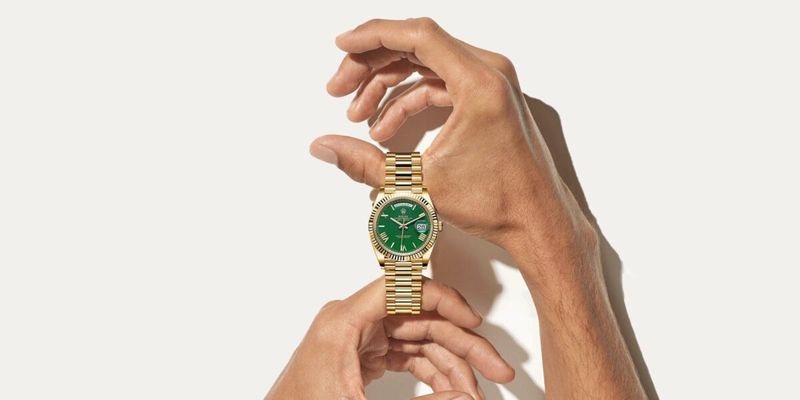
We humans love to show off. From ancient kings flaunting golden crowns to modern influencers posing with luxury goods, status symbols have always been part of society. The funny thing is, many of these expensive items don’t actually improve our lives much.
Yet we keep wanting them, sometimes working extra hours or going into debt just to own something that screams ‘I’ve made it!’ to others.
1. Designer Logo Clothing
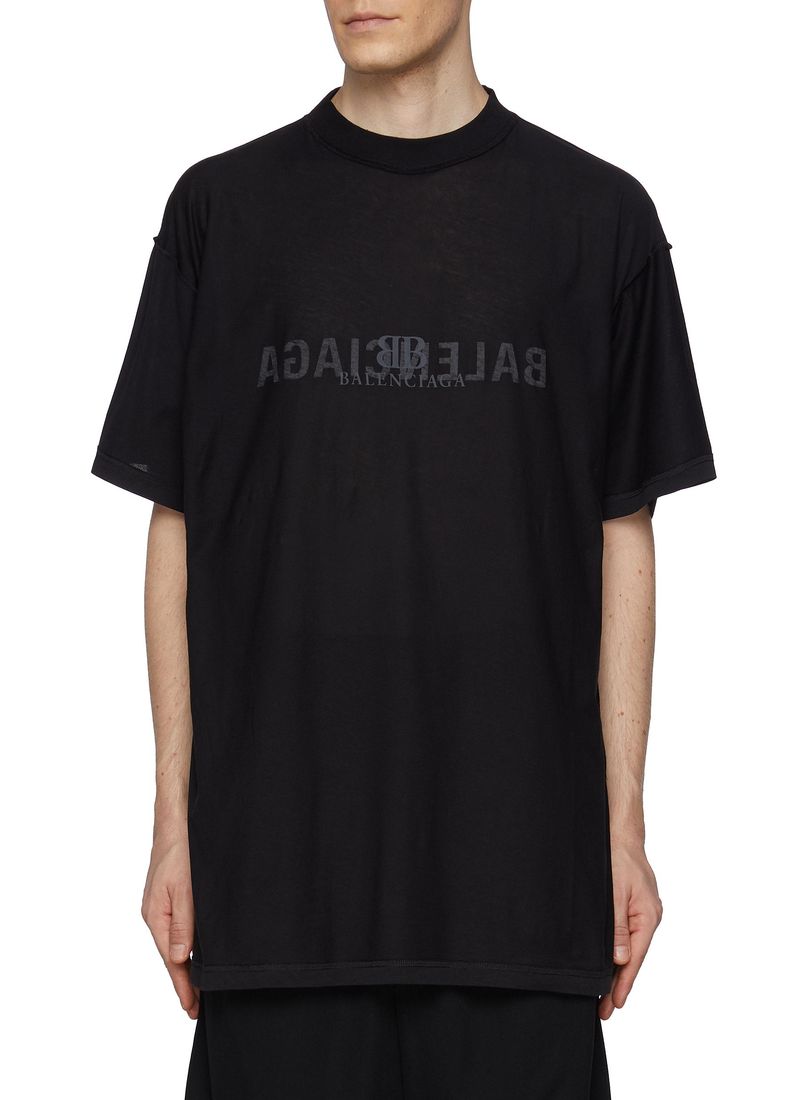
That giant Gucci logo plastered across a plain t-shirt costs ten times more than a similar shirt without the brand name. Most fashion insiders know that truly wealthy people often wear subtle, logo-free luxury items.
The quality difference rarely justifies the markup. You’re essentially paying hundreds of dollars to be a walking billboard for a company that’s already worth billions. Many designer items are manufactured in the same factories as mid-range brands, just with a fancy label sewn in afterward.
The real kicker? Studies show wearing obvious designer labels can actually make people trust you less in professional settings. Yet the allure of that recognizable symbol continues to empty wallets worldwide.
2. Luxury Cars in Traffic-Heavy Cities

Picture this: a gleaming $300,000 Ferrari crawling along at 5 mph in Manhattan traffic, getting the same gas mileage as a 1970s truck. The owner paid for supersonic speed capabilities they’ll never use while spending most drives staring at the bumper ahead.
Luxury cars in urban environments face other practical nightmares too. Finding parking becomes a constant anxiety, every tiny scratch costs thousands to repair, and theft risk skyrockets. Most owners admit they rarely push these engineering marvels beyond a fraction of their capabilities.
Yet the status hit from pulling up in something exotic proves irresistible. Many urbanites lease these impractical showpieces just for the reactions they get during the few moments they’re actually visible to impressed onlookers.
3. Latest iPhone (Even When It’s Just Incremental)
Remember when Apple announced their newest phone had… slightly better camera specs than last year’s model? That didn’t stop thousands from camping overnight outside stores! The ritual of unboxing that fresh device provides a dopamine hit that fades faster than the battery life.
Tech reviewers consistently point out that most users wouldn’t notice the difference between this year’s and last year’s model in everyday use. The real motivation comes from the social currency of pulling out the newest model during lunch with friends. Those little conversations that start with “Is that the new one?” fuel the annual upgrade cycle.
Meanwhile, perfectly functional two-year-old phones get tossed into drawers or sold at a fraction of their original cost, creating both financial and environmental waste.
4. Expensive Watches

The $10,000 mechanical marvel strapped to your wrist actually keeps worse time than a $15 digital watch. Luxury timepieces require regular maintenance costing hundreds of dollars, while cheaper alternatives need nothing but an occasional battery change.
What you’re really buying is centuries of marketing that has convinced us these tiny wrist machines signal success. Watch enthusiasts often justify purchases by calling them “investments,” yet most models depreciate immediately unless they’re rare limited editions.
The irony thickens when you realize most people check the time on their phones anyway. Modern luxury watches serve almost exclusively as jewelry—beautiful, intricate jewelry that performs its primary function less effectively than the cheapest alternative. Still, that satisfying weight on your wrist somehow feels worth every penny.
5. Instagrammable Vacations

“Do it for the gram” has transformed travel from exploration to photoshoot. Travelers now queue for hours at famous landmarks, only to snap the perfect pic and leave without actually experiencing the place. The carefully cropped infinity pool shot hides the hundreds of other tourists jostling for the same angle.
These picture-perfect getaways often come with invisible price tags that stretch budgets to breaking points. Credit card debt from luxury travel has skyrocketed as middle-income earners attempt to recreate influencer experiences on regular salaries.
The greatest paradox? Many travelers admit spending so much time documenting their trips that they barely remember the actual experience. They return home with stunning photos but few genuine memories, having experienced their dream destination primarily through a 6-inch screen.
6. Private Gym Membership
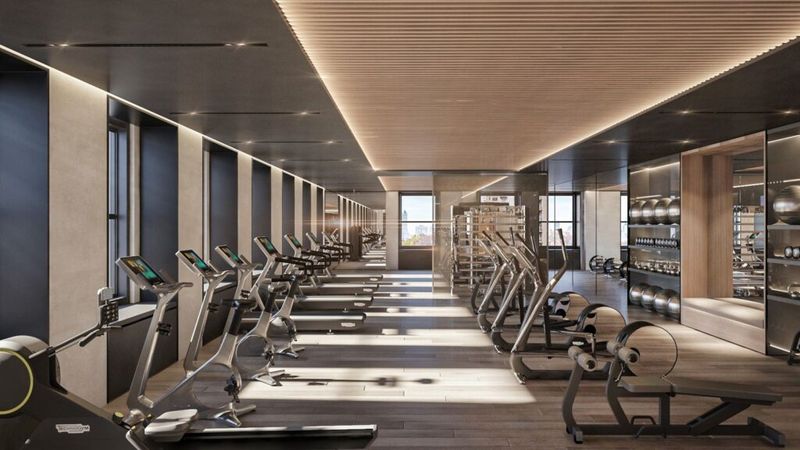
Eucalyptus-scented towels and cold brew on tap sound fantastic until you calculate the $300 monthly fee equals $30 per workout for most members. High-end fitness clubs bank on people who sign up but rarely show up—their entire business model depends on it!
The fitness results from these exclusive establishments rarely differ from what you’d achieve at a basic $20/month gym. The same weights, similar machines, and identical laws of physics apply whether you’re lifting in luxury or basics. What you’re really buying is the chance to network with other affluent members and the bragging rights of belonging.
Many members admit the steep price actually motivates them to attend more often, creating an expensive psychological trick. “I have to get my money’s worth” becomes the primary fitness motivation rather than health benefits.
7. Owning a Yacht or Renting One for the Weekend

The old saying “the two happiest days in a boat owner’s life are when they buy it and when they sell it” exists for good reason. Yachts hemorrhage money faster than almost any other possession, with maintenance often costing 10% of the purchase price annually.
Most yacht owners use their floating status symbols less than two weeks per year. The rest of the time, these vessels sit idle in expensive marina slips, collecting barnacles and draining bank accounts. Even weekend rentals for social media photoshoots can cost thousands for a few hours of posing.
Despite the financial absurdity, nothing quite says “I’ve arrived” like stepping aboard your own vessel. The fantasy of ocean freedom overrides practical considerations, even as owners discover the reality involves more maintenance headaches than carefree sailing into the sunset.
8. NFTs and Digital Collectibles

Remember when people spent millions on digital pictures of bored apes? Many of those digital assets now trade for pennies on the dollar, yet some owners still cling to them as status badges in certain online circles.
The technical reality behind most NFTs is that you’re not buying the actual artwork—just a digital receipt pointing to it. This hasn’t stopped people from treating these blockchain entries as exclusive club memberships, using cartoon profile pictures to signal their crypto-savviness.
What makes this particularly pointless is how quickly the status value fluctuates. Yesterday’s must-have digital collectible becomes tomorrow’s embarrassing reminder of following the crowd. Yet whenever the market shows signs of life, FOMO drives new waves of buyers hoping to join the digital elite, perpetuating the cycle.
9. Gated Community Residences

Those imposing entrance gates with uniformed guards create an illusion of exclusivity that adds 20-30% to property prices. Security experts widely agree that determined criminals aren’t actually deterred by these theatrical barriers—they simply create a false sense of safety.
Living behind gates often comes with strict HOA rules limiting everything from paint colors to holiday decorations. Residents effectively pay premium prices to have less freedom with their own property. The social impact can be equally questionable, creating isolated bubbles where residents have minimal interaction with the broader community.
Despite these drawbacks, the prestige of a guarded entrance continues to command premium prices. The subtle status boost of giving visitors your gate code or watching them get cleared by security provides a psychological value that transcends practical considerations.
10. Massive Home Theaters or Smart Homes
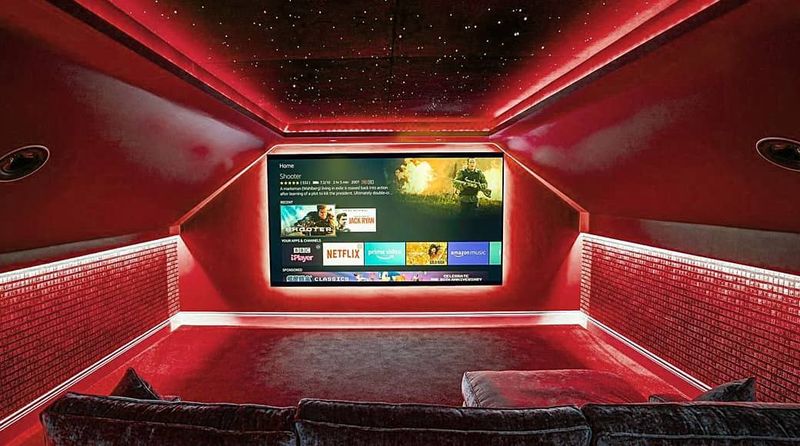
Voice-controlled everything sounds futuristic until your internet goes down and you can’t turn on your own lights. Ultra-expensive home theaters with cinema-quality sound systems and leather recliners typically get used a fraction of what owners anticipated when installing them.
The reality of smart home living often involves constant troubleshooting as different systems refuse to communicate with each other. Many homeowners admit their elaborate entertainment setups gather dust while family members watch shows on individual devices anyway. The novelty of commanding your house like a starship captain wears off quickly.
The real purpose emerges during home tours, when these technological showcases become conversation pieces. “And this is our theater room” delivers the status hit that justifies the five-figure investment, even if most movie nights still happen on the living room couch.
11. Luxury Coffee Orders

That jaw-dropping $9 coffee concoction with five modifiers and a sprinkle of gold dust isn’t about taste—it’s performance art. Blind taste tests repeatedly show most people can’t distinguish between premium coffee preparations and mid-range options when labels are removed.
Coffee status signaling has evolved its own vocabulary, turning simple drinks into complex identities. Ordering becomes a verbal display of insider knowledge and personal preference. The cup itself becomes a prop carried throughout the day, the branded sleeve visible to everyone you encounter.
Financially, daily luxury coffee habits can drain thousands from annual budgets. The true absurdity emerges when considering that many enthusiasts have expensive espresso machines at home but still prefer the status value of being seen with the right takeaway cup. The coffee itself becomes almost secondary to the social signaling it provides.
12. First-Class Flights for Short Trips
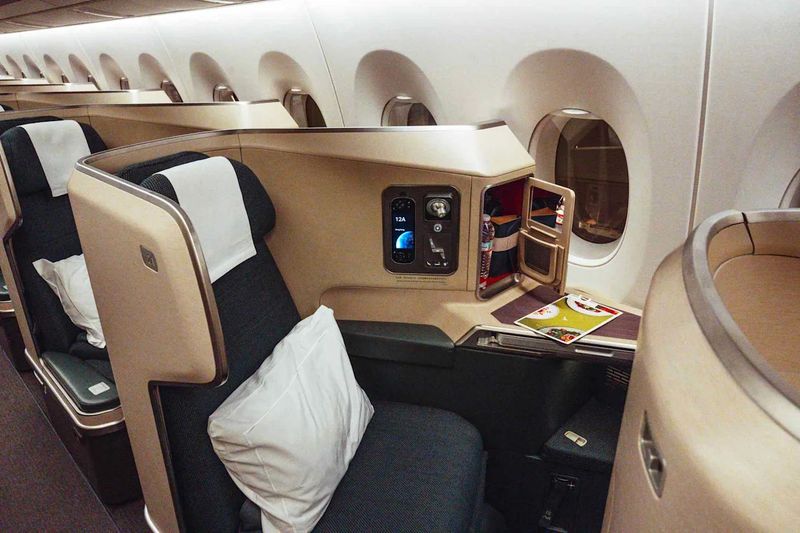
Paying an extra $800 to board first and get a slightly wider seat for a 45-minute flight defies logical cost-benefit analysis. On short domestic routes, first-class passengers often barely have time to finish their complimentary beverage before landing.
The actual time saved through priority boarding and deplaning typically amounts to less than 15 minutes total. The meal service that justifies premium cabins on international flights doesn’t even exist on brief journeys. Yet the allure of the priority lane and the exclusivity of the experience maintains its appeal.
Business travelers expense these unnecessary upgrades to signal importance, while leisure travelers splurge to feel special. The brief status high of walking past economy passengers provides a psychological satisfaction completely disconnected from the minimal practical benefits. Meanwhile, that premium could fund an entire additional vacation.
13. Crypto Flexing Without Understanding
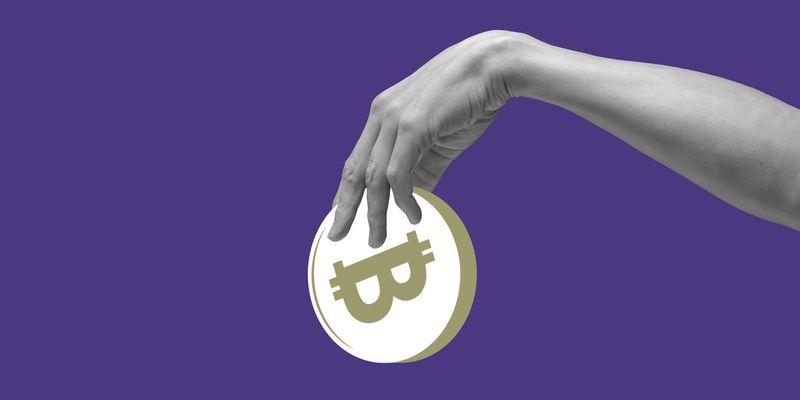
“To the moon!” they proclaim while having zero understanding of blockchain technology. Cryptocurrency conversations often reveal people who’ve invested significant money into assets they fundamentally don’t comprehend, guided primarily by FOMO and social signals.
The specialized vocabulary becomes a status language, with terms like “hodl” and “diamond hands” serving as tribal identifiers rather than investment strategy. Many crypto enthusiasts spend more time creating memes and arguing online than researching the technology underlying their investments.
This knowledge gap becomes painfully obvious during market downturns, when surface-level understanding leads to panic selling. Yet the desire to be seen as an early adopter or financial innovator keeps drawing new waves of status-seekers. The irony? True crypto innovators often avoid flashy displays altogether, focusing instead on the technology’s actual potential.
14. Elite University Merchandise (When You’re Not an Alum)
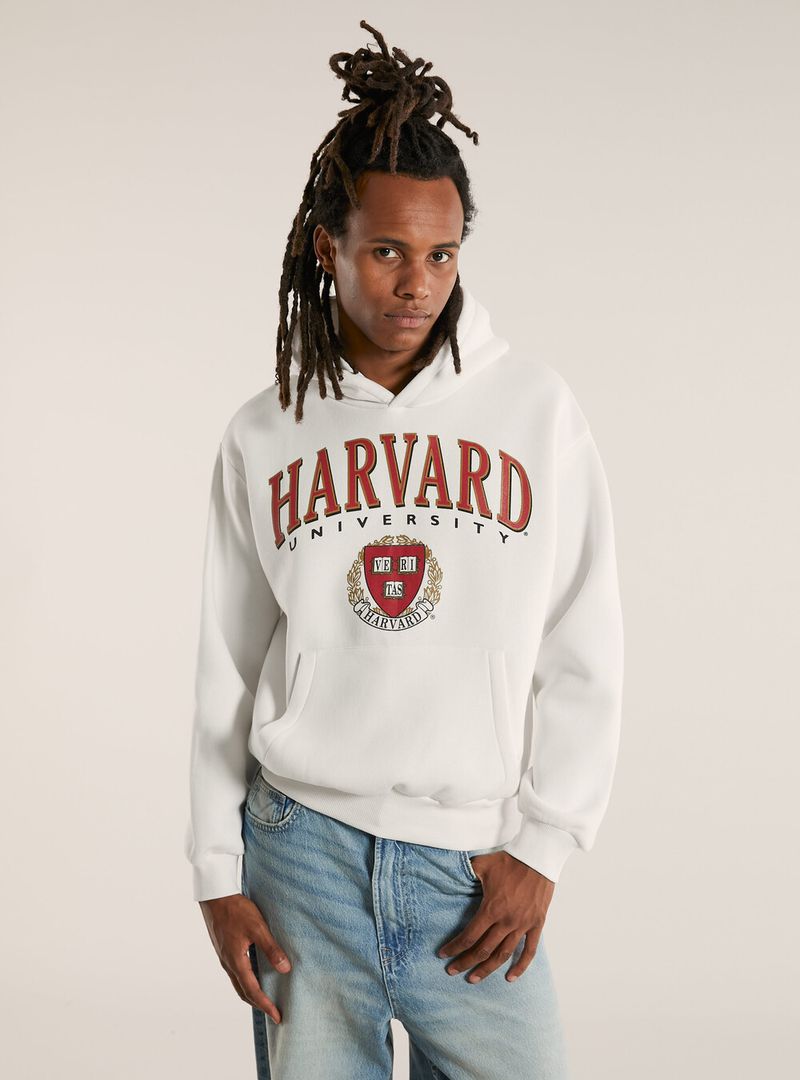
Harvard Dad sweatshirts have become strangely popular among people whose children don’t attend Harvard—or any college at all. Elite university merchandise creates an instant association with prestigious institutions, regardless of actual connection.
The psychology behind this trend reveals our desire for academic prestige by proxy. Wearing these items creates conversation opportunities where the wearer can mention some tenuous connection to the institution. “My cousin’s friend went there” becomes justification enough for sporting the branded gear.
University trademark offices actually make millions from non-students purchasing their branded items. The status transfer is so powerful that even tourists with no educational aspirations happily pay premium prices for elite school merchandise. Meanwhile, actual graduates from these institutions often prefer subtler signals of their alma mater.

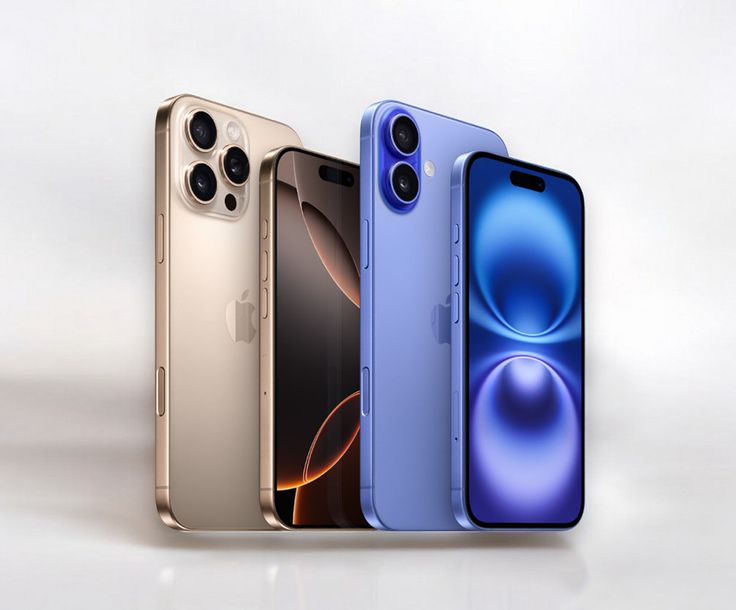
Comments
Loading…